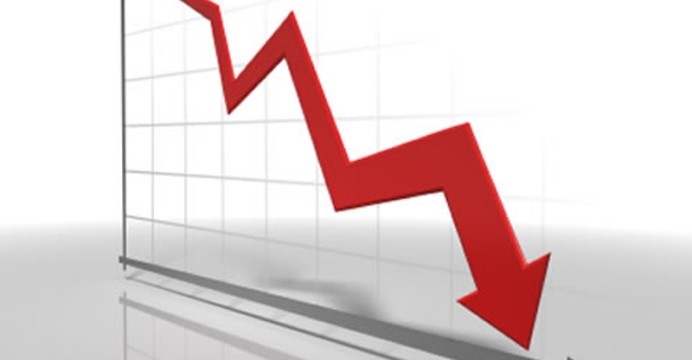Ghana’s Inflation rate for March has declined to 12.8 percent from 13.2 percent in February.
The new government led by President Nana Akufo-Addo will mark 100 days in office next week but the country has already experienced a decline in inflation since coming into office from January 17, 2017.
January recorded an inflation rate of 13.3 percent a drop from 15.4 in December 2016.
Some economists say the continuous drop in inflation rate can be attributed to the tax alignment expected to empower businesses.
The inflation target for 2017 is 11.2 percent as announced by the country’s Finance Minister Ken Ofori-Atta in parliament early this year.
The March rate is the lowest since December 2013. This means that prices of goods and services were fairly stable during the review period.
The year-on-year non-food inflation rate for March 2017 was 15.6% compared with the16.4% recorded in February 2017.
The year-on-year food inflation rate for March 2017 was 7.3%, compared with 7.1%recorded in February 2017. The year-on-year non-food inflation rate (15.6%) is more than two times that of the food inflation rate (7.3%).
In March 2017, the year-on-year inflation rate for imported items (15.5%) was 3.8 percentage points higher than that of locally produced items (11.7%).
The year-on-year food inflation rate for March 2017 was 7.3%, compared with 7.1%recorded in February 2017. The year-on-year non-food inflation rate (15.6%) is more than two times that of the food inflation rate (7.3%).
Four regions (Greater Accra, Upper West, Brong Ahafo and Ashanti) recorded inflation rates higher than the national average and Northern region recorded the same inflation rate as the national average of 12.8%.
The Greater Accra and Upper West regions recorded the highest year-on-year inflation rate of 13.7%, followed by the Bono Ahafo region with 13.4% while the Volta region recorded the lowest (10.7%).
Source: Africafeeds.com/ Osei Owusu Amankwah



